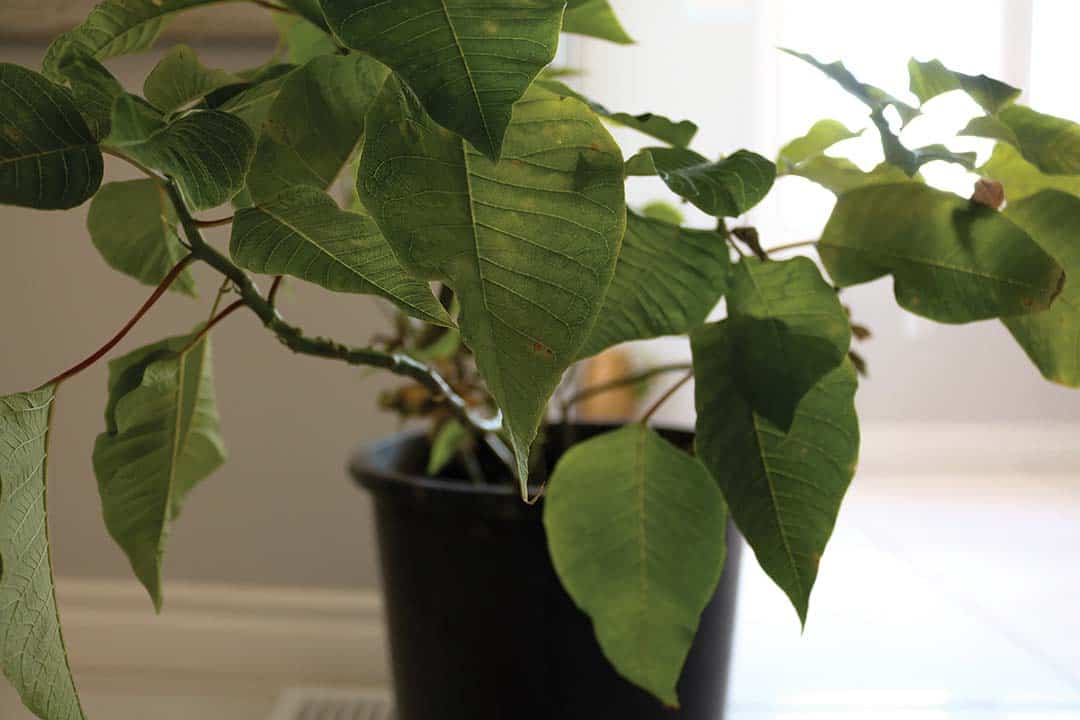As residents of a dense city such as Toronto, many of us do not have gardens and backyards that we can call our own. Luckily for us, houseplants are an easy way to bring nature into our homes.
While the practice of incorporating plants into interior design has been around for decades, household plants have experienced a surge in popularity over the past few years. According to the National Gardening Association of the United States, houseplant sales in America increased by nearly 50 per cent between 2016 and 2019, putting total sales at a whopping 1.7 billion USD.
This adoration of houseplants only grew during the COVID-19 pandemic, with gardening-related sales sprouting a further almost 19 per cent in 2020 and more than 30 per cent in 2021. Such growth has been mirrored in Canada and beyond, with factors such as social media and at-home isolation playing pivotal roles in this growth.
With houseplants flying off the shelves, many of their supposed benefits — both personal and scientific — have been thrown around in conversation and in the media. But what among this discourse is fact, and what is merely fiction?
One popular belief about houseplants is that they improve air quality in homes. In 1989, NASA published research asserting that plants had considerable potential to help with indoor air purification.
However, recent research suggests otherwise. A 2019 study from Drexel University in Pennsylvania found that while plants indeed extract volatile organic compounds (VOCs) from the air, which are pollutants that decrease air quality, the rate at which plants remove VOCs is negligible compared to the rate of removal by natural or ventilated air exchange.
The previous experiment by NASA had been conducted in a sealed chamber that did not allow for the air exchange that occurs in ordinary indoor spaces. According to Drexel University researchers, anywhere from 100 to 1,000 plants per square metre would be necessary for the reduction of VOCs via plants to be comparable with that of a home’s air ventilation system or even a few open windows. Plants, therefore, contribute little to indoor air quality.
Still, while purging your living room of toxic chemicals may not be the strong suit of a houseplant, some benefits remain when it comes to health and happiness.
One obvious benefit lies in the aesthetic value of plants. Compared to human-made structures, plants come in unique forms, colours, and textures that add visual appeal to indoor spaces. Additionally, the colour green itself has been shown to evoke feelings of calmness, comfort, and creativity while contributing to physiological relaxation.
In a culture that is increasingly prioritizing productivity, houseplants have also been shown to boost productivity and attentive capacity. Plants have a plethora of other mental health benefits as well, including improving mood and decreasing stress. These effects are in line with the biophilia hypothesis, which states that humans have an inherent predisposition to seek interaction with nature. Many benefits of houseplants for mental well-being arise from that feeling of connection.
Further, houseplants appeal to the caretakers in us while requiring only simple, minimal care in many cases. And for those of us who do not want the added responsibility, there are numerous houseplants, such as spider plants and aloe, that can go a week, or even several weeks, without water.
Altogether, despite some inaccuracies surrounding the scientific benefits of houseplants, the advantages for physical and mental health are clear. So, if you haven’t already hopped on the houseplant train, what is stopping you from being next?


